Rising Demand for Fresh Produce
The hydroponics market in Europe experiences a notable surge in demand for fresh produce, driven by consumers' increasing preference for locally sourced and organic food. This trend is particularly pronounced in urban areas, where traditional farming methods face challenges due to limited space and resources. The hydroponics market is responding to this demand by providing innovative solutions that allow for year-round cultivation of fruits and vegetables. In 2025, the market is projected to grow at a CAGR of approximately 10%, reflecting the growing consumer awareness regarding health and nutrition. As urban populations continue to expand, the hydroponics market is likely to play a crucial role in meeting the food supply needs of these densely populated regions.
Government Support and Incentives
Government initiatives across Europe are increasingly favoring the hydroponics market, as policymakers recognize the potential of this industry to enhance food security and promote sustainable agricultural practices. Various countries have introduced subsidies and grants to encourage investment in hydroponic systems, which can lead to higher yields and reduced environmental impact. For instance, the European Union has allocated significant funding to support innovative agricultural technologies, including hydroponics. This financial backing is expected to stimulate growth within the hydroponics market, making it more accessible for new entrants and established players alike. As a result, the industry may witness a diversification of products and services, catering to a broader range of consumer preferences.
Urbanization and Space Constraints
The rapid urbanization across Europe presents both challenges and opportunities for the hydroponics market. As cities expand, available agricultural land diminishes, leading to increased interest in alternative farming methods that can be implemented in limited spaces. Hydroponics offers a viable solution, allowing for the cultivation of crops in urban settings, such as rooftops and vertical farms. This adaptability is particularly appealing to city dwellers who seek fresh produce without the need for extensive land. The hydroponics market is expected to capitalize on this trend, with projections indicating that urban hydroponic farms could increase by 25% by 2030. This growth reflects a shift towards innovative agricultural practices that align with urban lifestyles.
Technological Integration in Agriculture
The integration of advanced technologies into the hydroponics market is transforming traditional agricultural practices. Innovations such as automation, artificial intelligence, and IoT are enhancing the efficiency and productivity of hydroponic systems. These technologies enable real-time monitoring of plant health, nutrient levels, and environmental conditions, which can lead to optimized growth cycles and reduced resource consumption. In 2025, the hydroponics market is expected to see a significant increase in the adoption of smart farming solutions, with estimates suggesting that up to 30% of hydroponic farms may implement these technologies. This shift not only improves operational efficiency but also aligns with the growing consumer demand for transparency and traceability in food production.
Environmental Concerns and Resource Management
The hydroponics market in Europe is increasingly influenced by environmental concerns, particularly regarding water usage and land degradation. Hydroponic systems utilize significantly less water compared to traditional farming methods, making them an attractive option for regions facing water scarcity. The industry is positioned to address these challenges by promoting sustainable practices that minimize environmental impact. In fact, hydroponics can reduce water consumption by up to 90%, which is particularly relevant in areas with limited water resources. As awareness of environmental issues continues to rise, the hydroponics market is likely to gain traction among environmentally conscious consumers and investors, further driving growth and innovation.



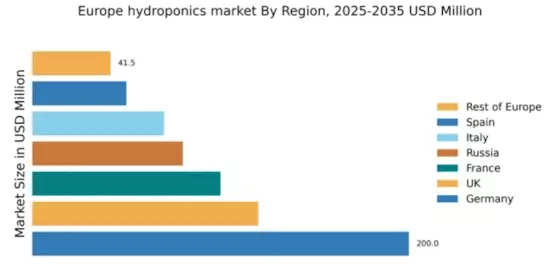
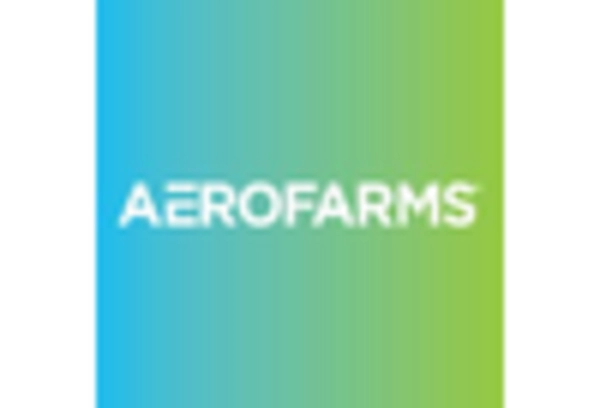
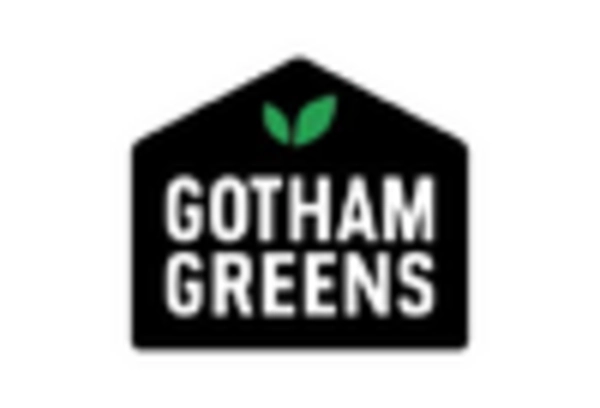
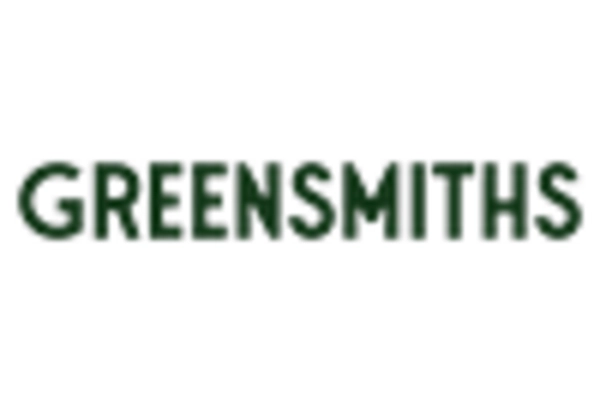
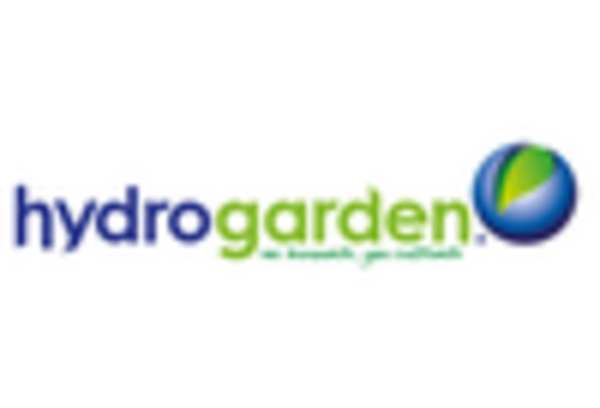










Leave a Comment